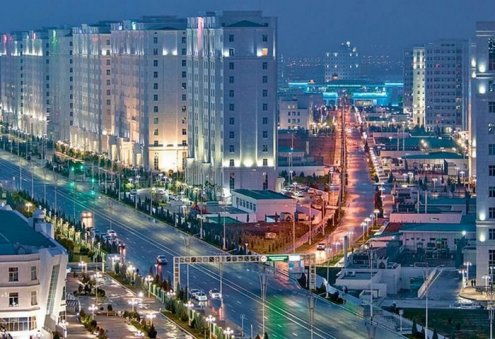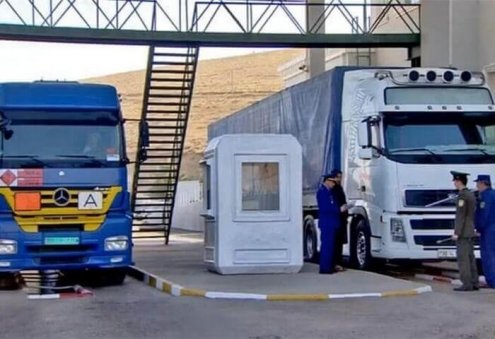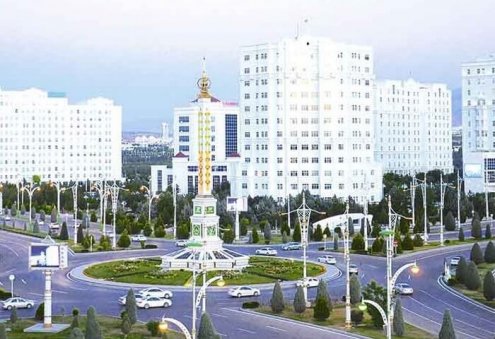The concept of development has undergone many changes over the years. It now includes elements such as sustainable development, structural change in production methods, technological innovation, social, political and institutional innovation, and the improvement of people's living conditions.
Development is a complex process that is not limited to economic elements, but encompasses all sociological, psychological and political aspects of society. In other words, the concept of development does not only cover economic development and it should be considered in a broader way.
There are three main dimensions of development: economic, social and environmental.
The economic dimensions of development deals with the use of limited resources. An economically sustainable system enables continuous output of goods and services, avoiding sectoral inequalities that threaten agriculture and industrial production, and ensuring sustainability in the effective management of a country's internal and external debt.
The social dimensions focus on development of peoples. A socially sustainable system can ensure an adequate and equal distribution of social services such as education and health care, gender equality, political responsibility and participation.
The environmental dimensions imply the balance of biological and physical systems. The aim is to enable ecosystems to adapt to changing conditions. An environmentally sustainable system must develop from the exploitation of renewable resource systems or environmental investment functions, keeping the resource base stable. This system also includes the protection of biodiversity, atmospheric balance and other ecosystem elements that cannot be classified as economic resources.
As countries develop, industrial activities gain more importance compared to agricultural activities. This results in labor migration from rural areas to urban industrial areas, a decrease in imports of consumer and industrial goods, and a decrease in exports of agricultural products compared to industrial products. The dependency on foreign investments also decreases as a result.
States receive foreign development assistance. Foreign aid can also be called the transfer of capital and technology from developed countries to less developed countries. Foreign aid is defined as financial and technical assistance and goods, provided in the form of grants or subsidized debt, designed to support welfare and economic development as a primary goal. Broadly speaking, it is official development assistance, of which at least 25% is provided as a grant to another country, non-governmental organizations and international organizations by official institutions such as the government, local municipalities and other administrative institutions in order to advance economic development and increase the welfare level in developing countries.
Development aid is loans in the form of long-term, low-interest funds to boost industrial development in developing countries. Such loans are provided by development banks and financial institutions operating both nationally and internationally.
Nurmyrat Mommayev,
PhD Candidate at Marmara University's Department of Political Science and International Relations in Istanbul, Turkey


















